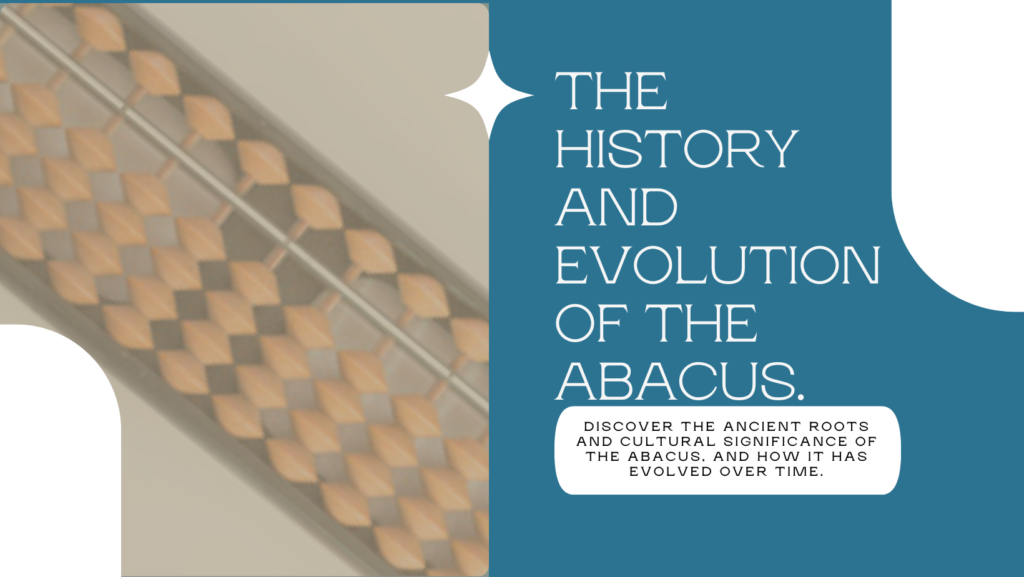Explore the origins of the abacus and its evolution through different cultures and time periods.
Exploring the history and origins of the abacus is a fascinating journey that reveals its significance in human civilization. The abacus, often considered the first calculating device, has a rich history dating back thousands of years. Its origins can be traced to ancient Mesopotamia, where early forms of counting boards were used around 3000 BCE. These early devices evolved over time, with different cultures contributing to their development.
In ancient Egypt, the use of counting boards with hieroglyphic symbols indicates a sophisticated system of counting and calculation. The Greeks and Romans also used similar devices, known as the “pebble and tablet” system, which later influenced the development of the modern abacus.
The abacus as we know it today has its roots in the Chinese suanpan, which appeared around the 2nd century BCE. The suanpan consists of beads on rods, arranged in a specific manner to represent different numbers. This design later spread to other parts of Asia, including Japan and Korea, where it became known as the soroban.
In medieval Europe, the abacus was introduced by Islamic scholars and traders, who had learned about its use from the Arabs. The abacus played a crucial role in commerce, accounting, and mathematical education during this period.
With the invention of mechanical calculators in the 17th century, the use of the abacus declined in Europe but remained prevalent in Asia. Even today, the abacus continues to be used in many parts of the world, particularly in Asia, as a tool for teaching arithmetic and developing mental calculation skills.
The history and evolution of the abacus highlight its enduring importance as a tool for calculation and its role in shaping the development of mathematics and commerce throughout history.

